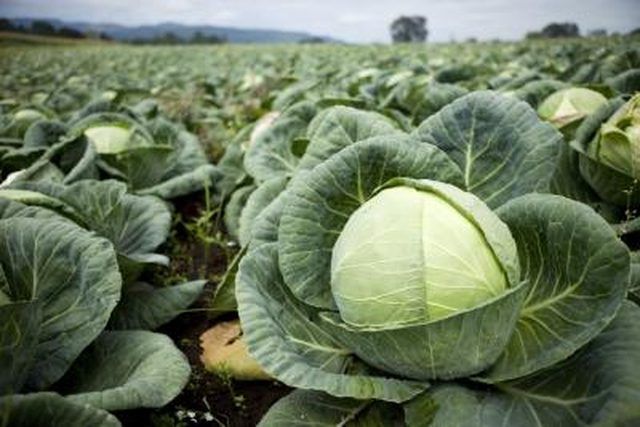Bulbs
Flower Basics
Flower Beds & Specialty Gardens
Flower Garden
Garden Furniture
Garden Gnomes
Garden Seeds
Garden Sheds
Garden Statues
Garden Tools & Supplies
Gardening Basics
Green & Organic
Groundcovers & Vines
Growing Annuals
Growing Basil
Growing Beans
Growing Berries
Growing Blueberries
Growing Cactus
Growing Corn
Growing Cotton
Growing Edibles
Growing Flowers
Growing Garlic
Growing Grapes
Growing Grass
Growing Herbs
Growing Jasmine
Growing Mint
Growing Mushrooms
Orchids
Growing Peanuts
Growing Perennials
Growing Plants
Growing Rosemary
Growing Roses
Growing Strawberries
Growing Sunflowers
Growing Thyme
Growing Tomatoes
Growing Tulips
Growing Vegetables
Herb Basics
Herb Garden
Indoor Growing
Landscaping Basics
Landscaping Patios
Landscaping Plants
Landscaping Shrubs
Landscaping Trees
Landscaping Walks & Pathways
Lawn Basics
Lawn Maintenance
Lawn Mowers
Lawn Ornaments
Lawn Planting
Lawn Tools
Outdoor Growing
Overall Landscape Planning
Pests, Weeds & Problems
Plant Basics
Rock Garden
Rose Garden
Shrubs
Soil
Specialty Gardens
Trees
Vegetable Garden
Yard Maintenance
Natural Repellent for Cabbage Worms
Natural Repellent for Cabbage Worms. If left unchecked, cabbage worms may devastate cole crops---a family of vegetables that includes cabbage, broccoli and kale---by devouring their leaves. Steps may be taken, however, to control cabbage worms without resorting to harmful insecticides.

If left unchecked, cabbage worms may devastate cole crops---a family of vegetables that includes cabbage, broccoli and kale---by devouring their leaves. Steps may be taken, however, to control cabbage worms without resorting to harmful insecticides.
Description
Cabbage worms are caterpillars with black stripes around their backs and yellow stripes running along their sides. They feed on growing tips and young leaves of cabbage and its relatives, including broccoli, cauliflower and Brussels sprout. Adults are yellowish brown moths, which lay masses of flat yellow eggs in spring and summer.
Mechanical Controls
Caterpillars may be removed by hand. Eggs should be crushed and the caterpillars should be dropped into soapy water to kill them.
Row covers may be used at planting time and left in place until harvest. They create a mini-greenhouse over the plants, discouraging moths and preventing them from laying eggs.
Natural Spray
Garlic or hot pepper sprays discourage moths from laying eggs on your plants. Neem spray, an extract from neem tree seeds, works against caterpillars.
Apply Bt (Bacillus thuringiensis) or spinosad when the caterpillars are young. These insecticides contain organisms that eliminate caterpillars, but they don't harm any other form of wildlife. It takes the caterpillars a while to die, so don't be concerned if you continue to see them on your plants for a couple of days.
Considerations
The caterpillars are more visible and therefore easier to control if your cabbage is a red or purple variety. Crinkly leaved varieties of cabbage give caterpillars lots of places to hide.
Cabbage worms often come to the garden on transplants, which therefore should be inspected closely prior to purchase.